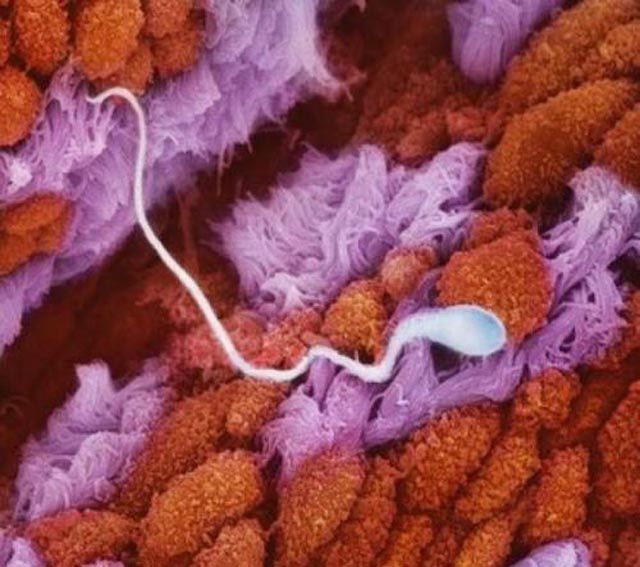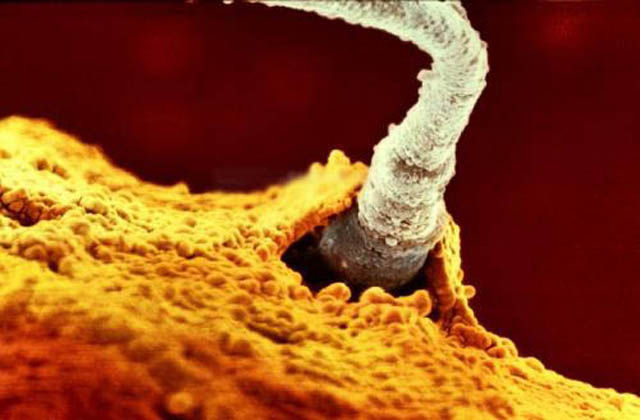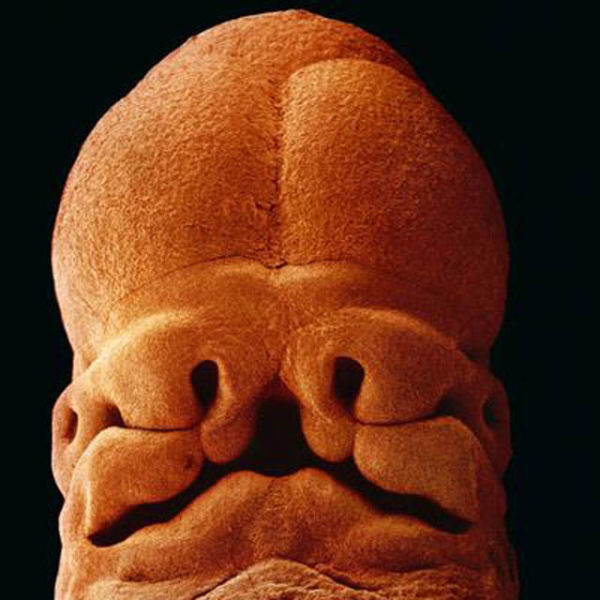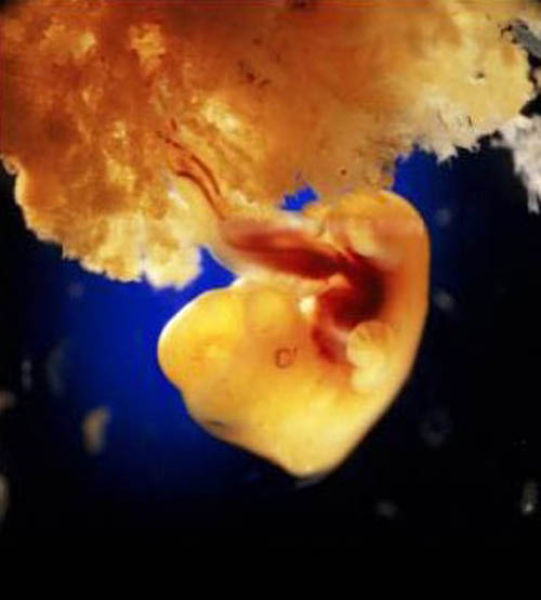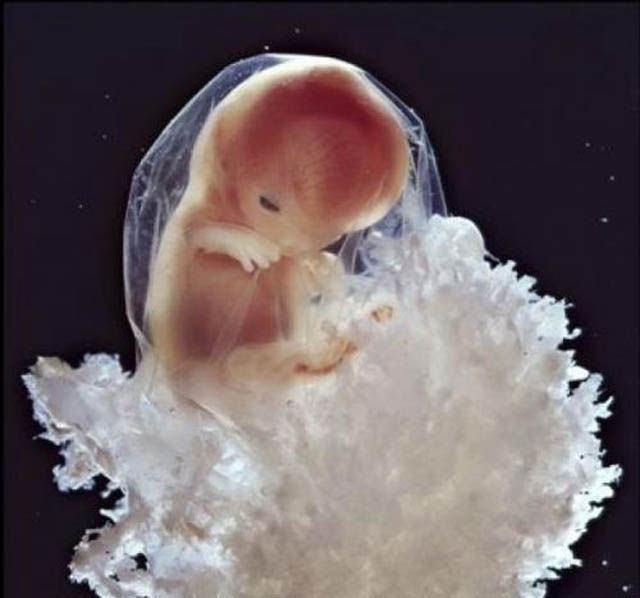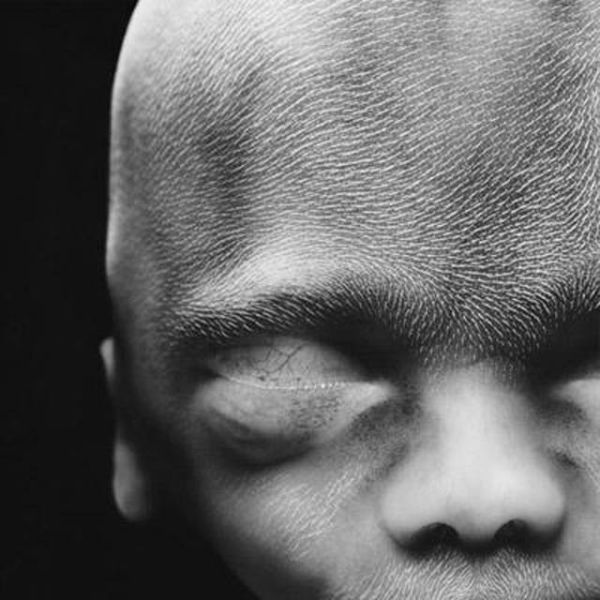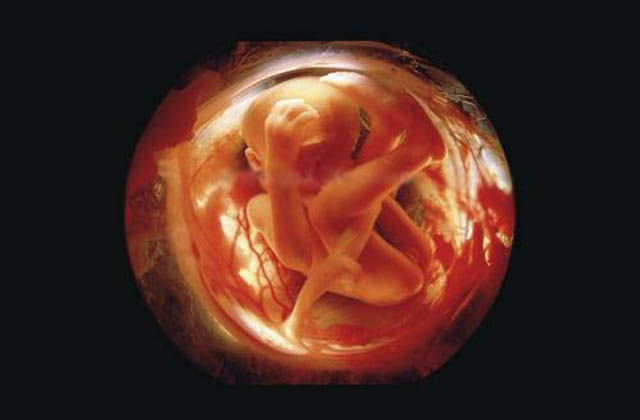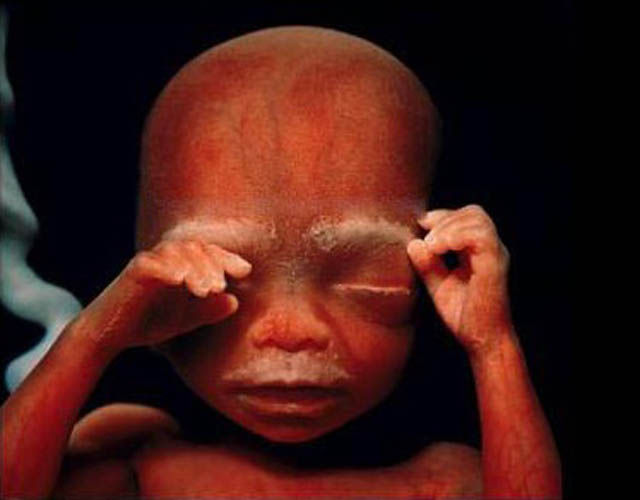Posted by Gopal Unnikrishna
Foreign Direct Investment in India
The retail market in India is alluring to many foreign economies. Contributing 14% to the national GDP and employing 7% of the total workforce, it is regarded as the ‘second most attractive retail destination globally.. FICCI in 2003 estimated that the total retail business to be Rs.11,00,000 crores or 44% of GDP. and the sales account for 44% of the total GDP of which food sales form 63%. There are far more retailers in India than other countries in absolute numbers.That about 4% of India’s population is in the retail trade shows how vital this business is to the socio-economic stability in India. . India is said to have the highest shop density in the world. In 2001 there were 11 outlets for every 1,000 people. Most of the unemployed find shelter in this sector.
However the Indian retail is highly fragmented, with about 11
million outlets operating in the country and only 4% of them being larger
than 500 square feet in size. Compare this with the figure of just 0.9 million
in the US, yet catering to more than 13 times of the Indian retail market size.The typical traditional indian retailer follows the low-cost-and-size format, functioning at a small-scale
There are the unorganized and unorganized sections of itThe unorganized retailing, not subject to licensing, is by far the major form of trade in India, constituting 98% of total trade. The organised trade under licensing and corporates accounts only for the remaining 2%. Unorganized retail trade employs nearly 3.95 crores, whereas organized trade employs only roughly 5 lakh people. So the former is to be regarded as a well spread cushion to mitigate the lot of the unemployed millions of the country
Supporters of FDI in retail trade argue that ultimately the
consumer is benefited by both price reductions and improved selection,
brought about by the technology and know-how of foreign players in the
market. This in turn can lead to greater output and domestic consumption
but there are many considerations to show that things are not as simple as that. FDI in retail comes to the nation at a high cost.But the most important factor against FDI driven “modern retailing” is that it is labour displacing to the extent that it can only expand by destroying the traditional retail sector. Retailing is by far the easiest business to enter, with low capital and infrastructure needs, and as such, performs a vital function in the
economy as a social security net for the unemployed. Entry of foreign players now will most definitely disrupt the current balance of the economy, will render millions of small retailers jobless by closing the small slit of opportunity available to them
The average Indian retailer is relatively small, with a turnover of just Rs.186,075. Only
4% of the 12 million retail outlets were larger than 500 sq.ft in size. The
total turnover of the unorganized retail sector was Rs. 735,000 crores
employing 39.5 mn persons. Contrast this with the largest retailer in the world ‘Wal-Mart’which has a turnover of $ 256 bn. and is growing annually at an average of 12-13% The average size of a Wal-mart is 85,000 sq.ft and the
average turnover of a store was about $ 51 mn.
India has 35 towns each with a population over 1 million. If Wal-Mart were
to open an average Wal-Mart store in each of these cities and they reached
the average Wal-Mart performance per store - we are looking at a turnover
of over Rs. 80,330 mn with only 10195 employees. Extrapolating this with
the average trend in India, it would mean displacing about 4,32,000 persons.
If large FDI driven retailers were to take 20% of the retail trade, this
would mean a turnover of Rs.800 billion on today’s basis. This would mean
an employment of just 43,540 persons displacing nearly eight million
persons employed in the unorganized retail sector. The agriculture already employing 60% of the work force and cannot absorb more unemployed. So manufacturing sector is the only other alternative. But with only 17% of our total workforce already
employed in industry, which contributes altogether only 21.7% of our GDP,
this sector can hardly absorb more without a major expansion. Contrary to our need the western concept of efficiency is maximizing output while minimizing the number of workers involved - which will only increase social tensions in a poor and yet developing country like India, where tens of millions are still seeking gainful employment
Foreign corporates with their huge resouces buy big from India and abroad and be able to sell low - severely undercutting the small retailers. Once a monopoly situation is created this will then turn into buying low and selling high. Thus by controlling both ends of the chain, the company could buy cheap and sell dear.
Even without FDI driving it, the corporate owned sector is expanding at a furious
rate. The total size of the corporate owned retail business was Rs. 15,000 crores in 1999 and was projected to grow at a rate of 40% per annum Thus The question then that arises is that since there is obviously no dearth of indigenous capital, what is the need for FDI? It is not that retailing in India is in the need of any technology special to foreign chains.
.Really, retailing is not an activity that can boost GDP by itself. It is only an
intermediate value-adding process. In fastly developing countries like China,it is the manufacturing sector that is major Whereas in India, manufacturing contributes a mere 23.1% of the GDP. If there aren’t any goods beingmanufactured, then there will not be many goods to be retailed! This underlines the importance of manufacturing in a developing economy It is evident that the manufacturing sector has been the engine for economic growth in China, which has been growing at 10.1% since 1991. In India, the credit for its 5.9% growth over the corresponding period goes mostly to
the service sector..it is an anomalous situation in India that it is the service sector , contributing 56% of GDP that is major, a situation obtained in developed countries.
Till we can create more jobs in the manufacturing sector we should put the FDI in retail on hold.
source

